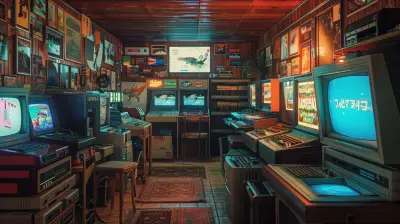The Role of FOMO in Battle Pass Design
29 October 2025
Ever felt that urge to log in just because you're one tier away from unlocking that cool skin? Or maybe you've stared at the countdown timer on your battle pass, heart racing, wondering if you'll make it in time? Yeah, that’s FOMO talking — the Fear of Missing Out. And when it comes to battle pass design in games, FOMO isn’t just a byproduct... it’s baked into the core.
Let’s dive deep into how FOMO shapes your gaming grind, why developers lean so heavily on it, and what it means for the future of gaming.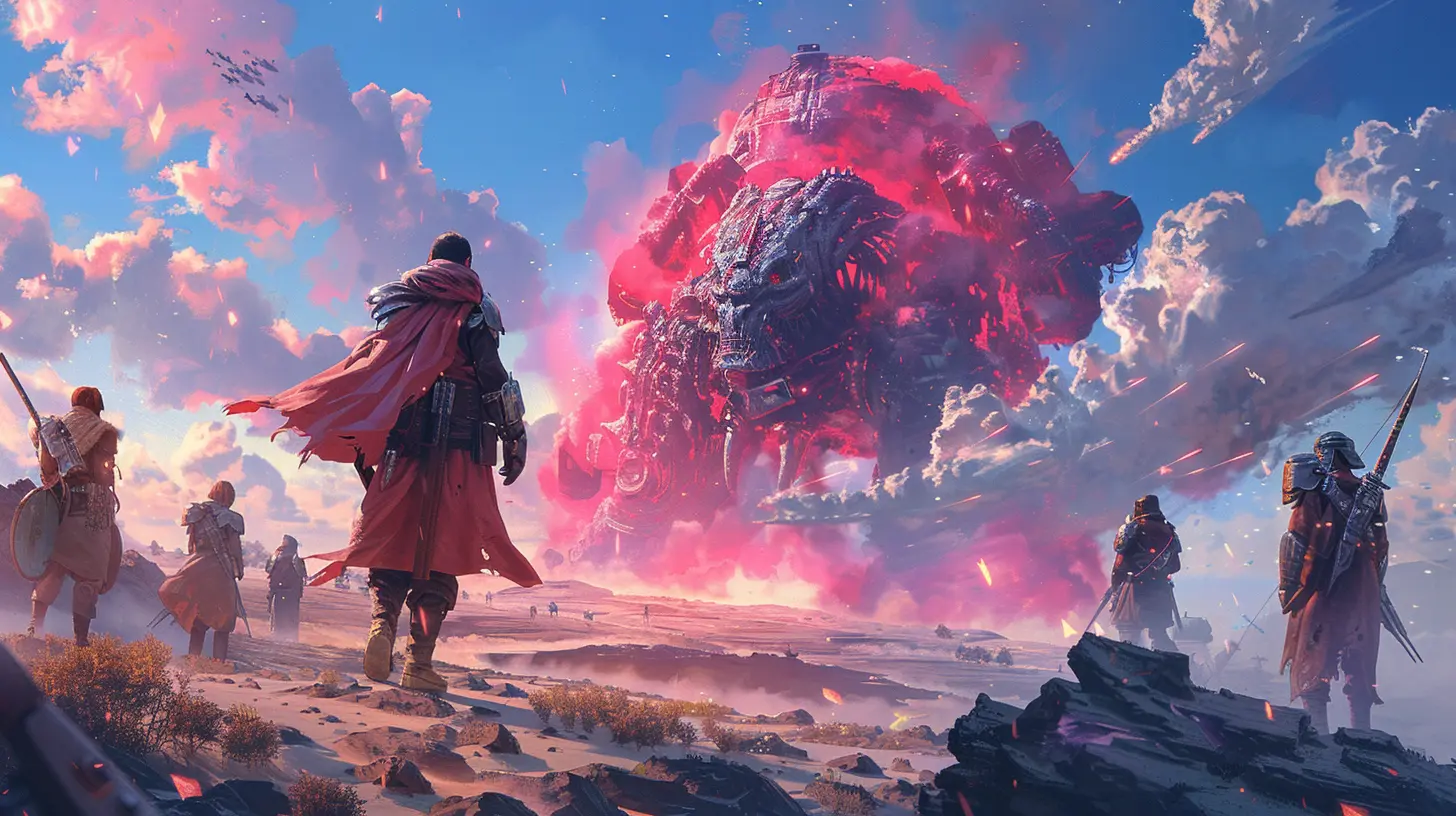
What’s a Battle Pass, Anyway?
Okay, quick level set – a battle pass is a progression-based reward system in games. You complete challenges or gain XP, and as you level up the pass, you unlock cosmetic items like skins, emotes, weapons, or even in-game currency.Most games offer both free and premium battle passes, with the latter packing way better (and shinier) loot. Titles like Fortnite, Apex Legends, Call of Duty: Warzone, and PUBG have turned the battle pass into an expected feature, not a nice-to-have.
It’s like a seasonal buffet of loot – the catch? You’ve only got a limited time to feast.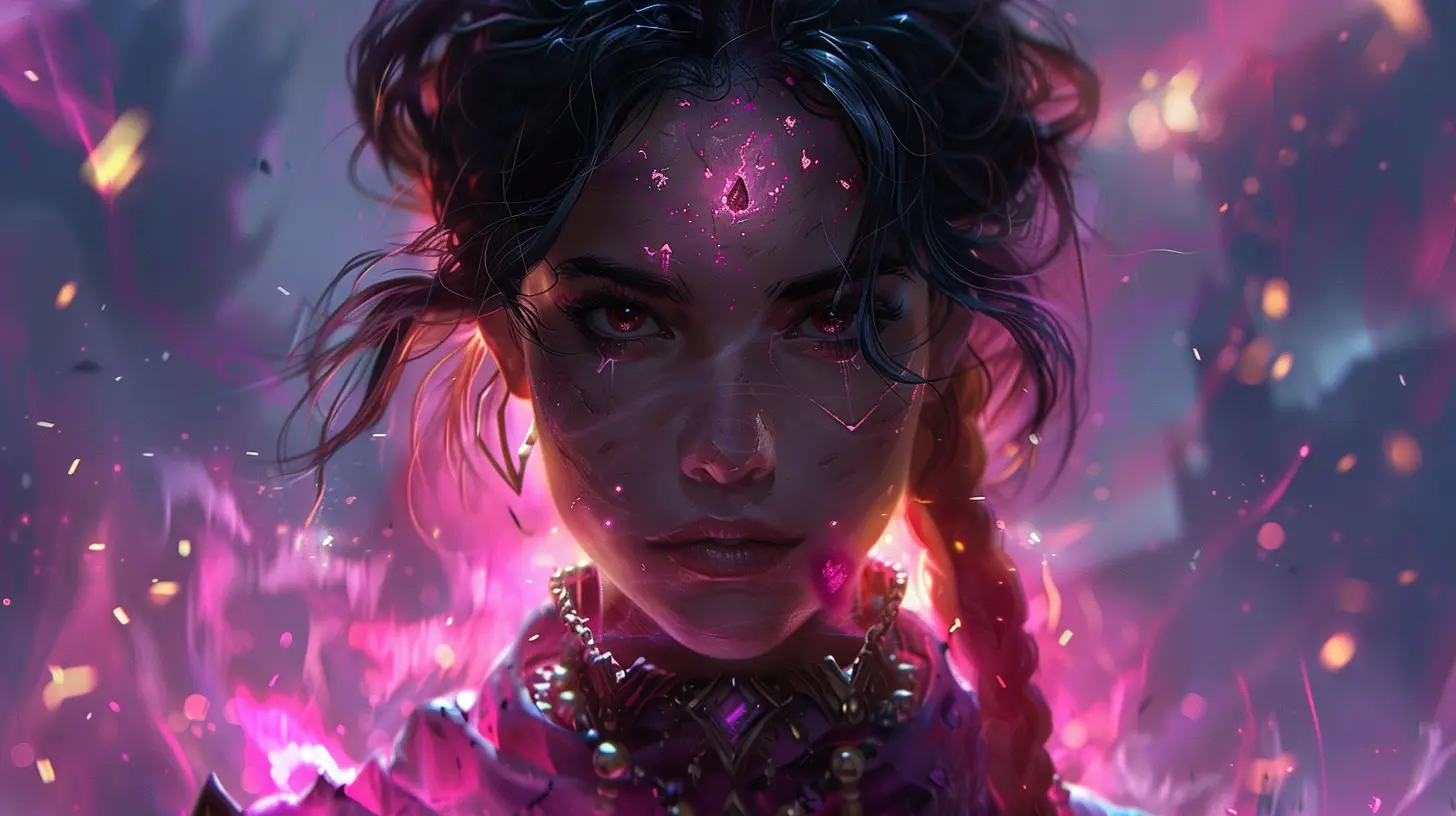
FOMO: The Sneaky Engine Behind Battle Passes
So, what exactly is FOMO? It's that anxious tingle that whispers, “Everyone’s getting that skin and you’re not.” It plays on our natural desire not to be left out, especially when the “thing” is cool, rare, or exclusive.Game developers know this. And guess what? They design battle passes with FOMO in mind — strategically.
Let’s break it down.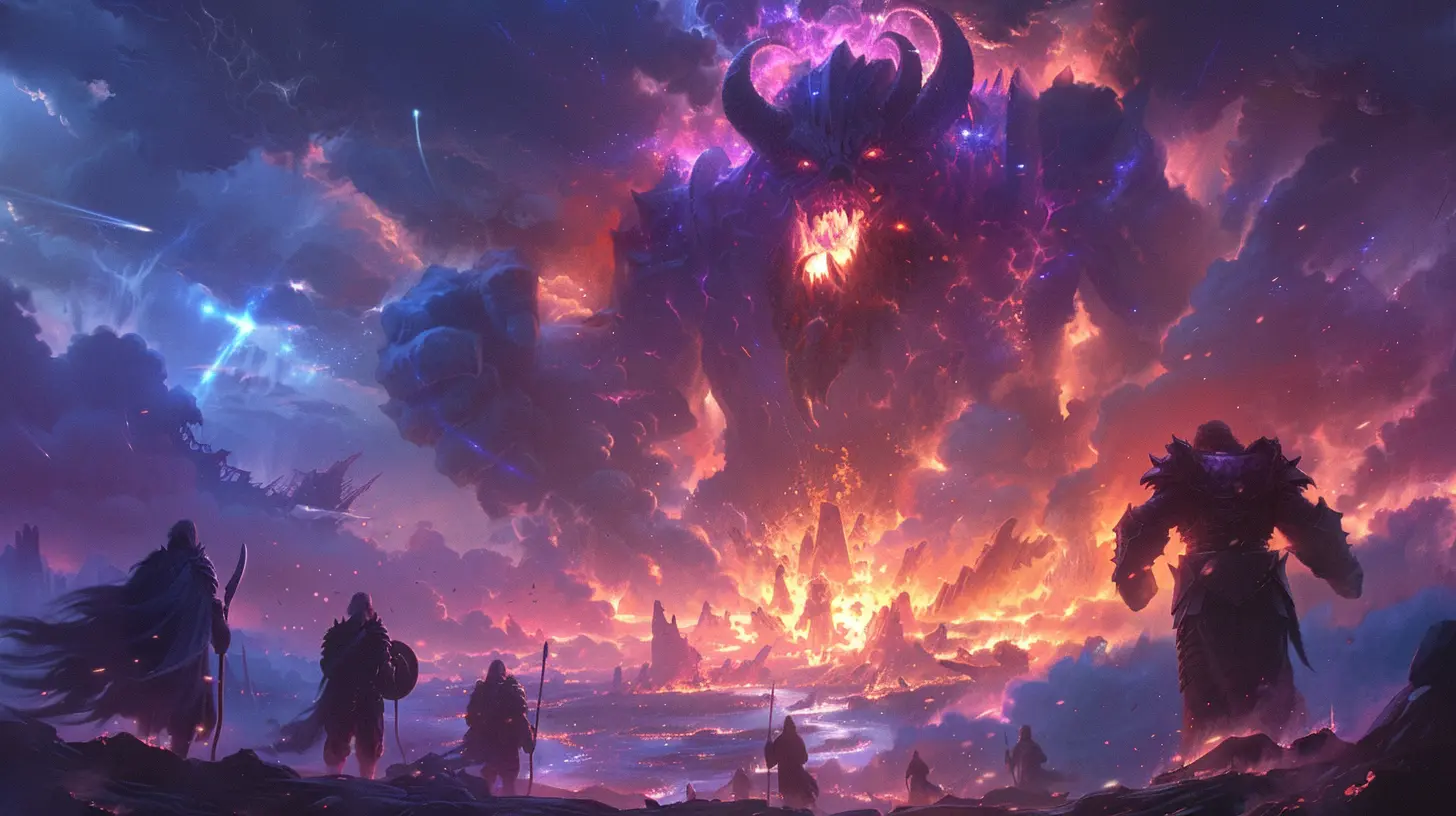
Time-Limited Rewards: The Ultimate Pressure Cooker
Battle passes don’t last forever. Most run for a set timeframe — say 60 to 90 days. Once the clock hits zero, those rewards? Gone. Forever.The idea is simple: If players know the skin will never return, they feel more compelled to log in daily, grind through the levels, and maybe even spend extra to fast-track progress.
No one wants to be the only one without the sick dragon-themed armor during the next squad match, right?
And let’s be real: The exclusivity angle makes those items feel ten times more valuable. It’s artificial scarcity, and it works like a charm.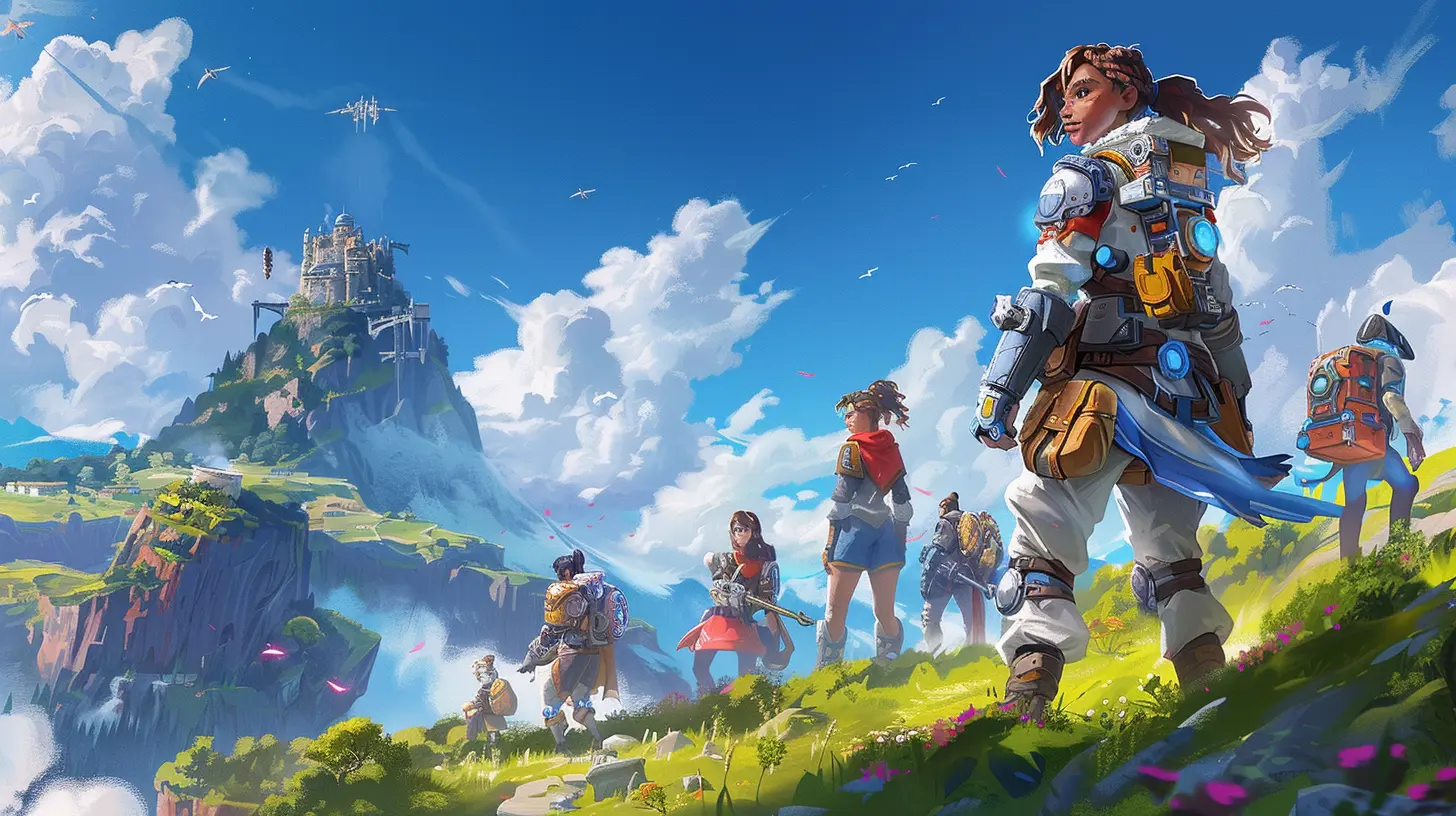
Psychological Hooks: Playing the Player
Battle pass design isn’t just about content. It’s about psychology. Here are a couple of sneaky tactics that capitalize on FOMO:1. Progress Bars and Visible Tiers
The visual representation of your progress — like a bar slowly filling up or tiers waiting to be unlocked — gives you that dopamine hit. Miss a few days? That empty progress bar practically screams at you.2. Teasing the Good Stuff at the End
Most battle passes place the rarest, flashiest items at the very end. It’s the carrot on the stick. You’ve come this far… might as well finish, right?3. Peer Pressure and Social Proof
Seeing your friends flexing their latest unlocks only ups the pressure. Social proof is a beast — when everyone in your squad is rocking the new skin but you, it’s not just cosmetic. It’s personal.Monetization Meets Motivation
Let’s not sugarcoat it — FOMO isn’t just about keeping players engaged; it’s about making money.Premium battle passes cost real cash. But here’s where it gets juicy: many games include premium currency partially embedded within the pass itself. Complete it, and you “earn” enough to buy the next one.
Sounds fair, right? But here’s the kicker — miss a few levels, and suddenly you’re short. Now you either grind harder (cue the FOMO anxiety) or open your wallet.
It’s a brilliant loop. Players feel like they’re getting a deal, but only if they stay engaged non-stop.
FOMO as Retention Strategy
Game devs want you logging in as often as possible. Engagement equals longevity. And battle passes are retention gold mines.Daily quests, weekly challenges, limited-time events — all tied to progressing the battle pass. Without FOMO, players might chill. But when there’s a ticking clock and a rare outfit waiting at Tier 100? You better believe players will show up.
The fear of missing out becomes the fuel that drives consistent engagement.
Does FOMO Work? Oh, You Bet
Let’s talk results. The battle pass model has transformed how games monetize. Fortnite alone made billions using it. BILLIONS.Players are more likely to spend money on a battle pass than gamble on loot boxes. Why? Because battle passes feel “fair.” The rewards are transparent. What you see is what you get — if you’re willing to put in the time.
But here’s the twist: That required time is often calculated to keep players playing just a bit more than is convenient. Not too much to feel impossible, but just enough to create friction.
That’s not by accident. That’s design.
Is FOMO Ethical in Game Design?
Now this is where things get interesting.On one hand, it keeps games exciting. Time-limited content adds freshness and urgency. But on the other hand? It can slip into toxic territory — causing burnout, anxiety, or even addiction.
Let’s be real: When you feel like gaming is a chore because you “have to” log in or risk missing out forever... that’s not fun anymore.
Game studios walk a fine line. Some are respectful. Others push hard. What matters is transparency, balance, and giving players a sense of control.
Battle Pass Burnout: When FOMO Backfires
FOMO works — but it’s not without risk.Too much pressure and players start feeling like the game’s a second job. That’s when burnout kicks in and the system breaks down.
Some key signs of FOMO fatigue?
- Skipping other games for fear of falling behind.
- Playing out of obligation, not enjoyment.
- Stress from incomplete passes.
- Spending money not out of desire, but desperation.
When this happens, players begin to resent the very structure that once excited them.
Can FOMO Be Fun and Fair?
Absolutely. Not all FOMO is bad. When done right, it can enhance the experience, drive community buzz, and keep things spicy.Here’s what a healthy battle pass looks like:
- Graceful Progression: You can miss a few days without falling hopelessly behind.
- Cosmetic-Only Rewards: No pay-to-win nonsense.
- Occasional Recurring Items: Bring back older rewards once in a while — even with minor tweaks.
- Bonus Content for Extra Effort: But not punishing for missing it.
Games like Halo Infinite and Overwatch 2 have started experimenting with systems that reduce the pressure cooker feel — and it’s a welcome shift.
Players Are Wising Up
Gamers aren’t oblivious. The community is much more aware of these psychological tricks than it used to be. Devs are being called out when they push it too far.Player feedback has started shaping game design again, nudging developers to find a healthier balance. We’re seeing more flexible models — like being able to pause a battle pass, choose when to activate it, or buy archived ones later.
Nice to see the power balance shifting a bit, huh?
The Future of Battle Pass Design: Smarter, Softer FOMO?
So where are we headed?FOMO isn’t going anywhere — let’s be honest. It’s too effective. But devs might start using it with more finesse. Think:
- Less punishing deadlines
- More transparency around progression
- Optional catch-up mechanics
- Rotating past rewards to reduce exclusivity anxiety
The goal? Keep the thrill while ditching the dread.
When the balance is just right, FOMO can be a fun motivator — like racing your friends to the finish line, not dragging yourself there so you don’t feel left behind.
Final Thoughts: Use FOMO, Don’t Let It Use You
Battle passes are one of gaming’s most successful engagement tools — and FOMO is their secret sauce. When you feel that itch to log in “just one more time,” that’s carefully engineered anxiety nudging you toward that next tier.Understanding the psychology behind it doesn’t ruin the magic — it gives YOU the power back. Play because you want to, not because you're scared to miss out.
And hey, if you skip a battle pass because life got busy? That’s fine too. The dragon skin might be cool, but your sanity is cooler.
all images in this post were generated using AI tools
Category:
Battle PassesAuthor:

Madeleine McCaffrey
Discussion
rate this article
1 comments
Spencer Wolf
FOMO is a key driver in battle pass design, creating urgency and engagement. Balancing exclusivity with accessibility can enhance player satisfaction while maximizing revenue.
November 2, 2025 at 4:47 PM

Madeleine McCaffrey
Thank you for your insight! You're absolutely right; striking the right balance between exclusivity and accessibility is crucial for engaging players and optimizing revenue in battle pass design.
